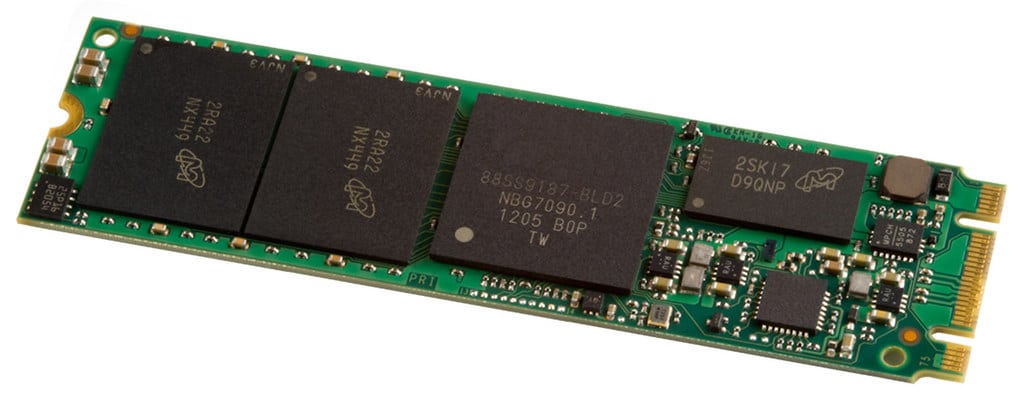
What to Do When Your Chipset Reaches EOL (End-of-Life)
Posted on August 22, 2022
End-of-Life (EOL) is probably the most dreaded word for any business owner. No one wants to suffer delays in their work when their setup is rendered obsolete by an EOL declaration by the manufacturer.
But what exactly does EOL mean? Do you really have to switch technologies? How can you plan ahead to avoid losses? And perhaps most importantly, how can you find a replacement quickly without having to throw the whole thing out?
Let’s answer these questions.
Product Lifecycles and EOL
The thing with electronics is that they require constant maintenance to remain working. This is especially true in commercial or industrial settings, where many embedded systems are in use 24/7.
Thankfully, manufacturers like Intel or AMD provide technical support for their product lineups, ensuring that enterprise customers can smoothly run their businesses on these chipsets. This includes troubleshooting as well as easy access to replacement components.
But this period of support is not unlimited. Low-power CPUs meant for enterprise applications get the maximum support, with product lifecycles measured in years. Eventually, even these workhorses are phased out as new generations of processors are launched to replace them.
Do You Have to Stop Using EOL Components?
Manufacturers are quick to declare a processor EOL. They want to encourage the sales of their latest product lineup and shift their technical support in that direction as well. Every year brings a new product series, with incremental improvements over the previous lineup.
This doesn’t mean that the discontinued chipset will stop working overnight. If maintained properly, the computer can work for several more months, perhaps even years. This is especially true if the PC is deployed in a relatively mild environment, such as air-condition premises of a commercial building.
And this doesn’t apply to CPUs alone. Realtek’s RTL8111HS ethernet controller or the Realtek ALC897 Audio Codec is severely outdated but is still in use. For the most part, newer versions of these technologies only improve speed and performance, without adding anything new. As long as you can find replacements, using an EOL product isn’t necessarily a problem.
The Difficulties in Replacing an EOL Processor
The biggest problem when a chipset reaches EOL is the socket. You cannot just order the latest Intel CPU and plug it into the same motherboard – you must use a chip that is compatible with that Intel CPU socket.
This is why the launch of a new CPU architecture is accompanied by the release of a new generation of motherboards as well. Intel sockets don’t change frequently, but when they do, it necessitates a whole new motherboard. This can significantly drive up the upgrade costs.
For example, the Intel Q87 and the H61 Express Chipset processors have been discontinued by Intel, even though they were a popular choice for quite some time. This makes sourcing their replacement chips difficult, as they use the outdated LGA 1150 socket, which no current generation chip can use.
Then there are motherboards with soldered chips, where even replacement within the same generation is difficult. Boards like the FCBGA1440 fall into this category. While such computers are relatively inexpensive, they leave no room for component upgrades and must be replaced completely.
How to Avoid Obsolescence
There is no way to get an embedded PC that never needs to be upgraded. At the same time, there is no need to be replacing systems every couple of years either.
The key is to choose the system specifications carefully when you first install the embedded computer. Many businesses try to save money by going for older chipsets, but in the long term, it actually proves more expensive.
A better choice is to build a board using a more recent motherboard, giving you better upgrade options. Not only does this enable you to switch to newer generations of processors as they come out, but also takes advantage of other modern interfaces like M.2 and PCIe Gen 3.
Replacing an EOL Processor
Even when a component has been officially discontinued by Intel, it is often possible to find a replacement. Whether it is due to reserve stocks or unsold inventory, these popular low-power chips are sometimes available with certain sellers.
At Global American, we take all steps to ensure that our clients get the maximum value out of their investment. We work toward finding compatible replacements for outdated and EOL chips, and in case a replacement isn’t possible, offer advice on the least disruptive upgrade path.
